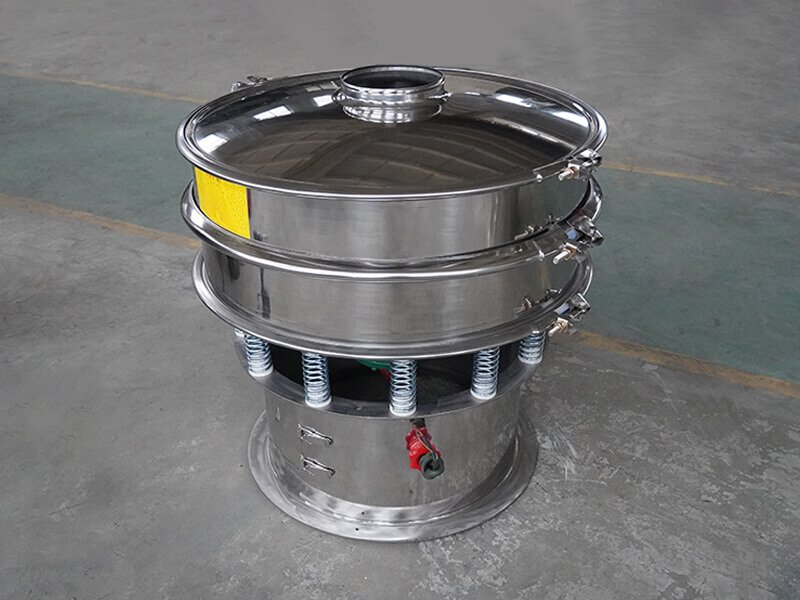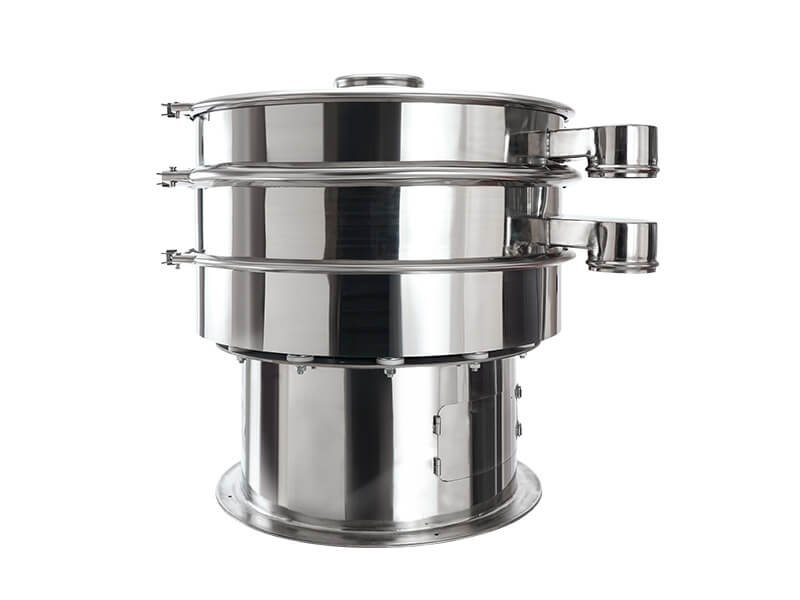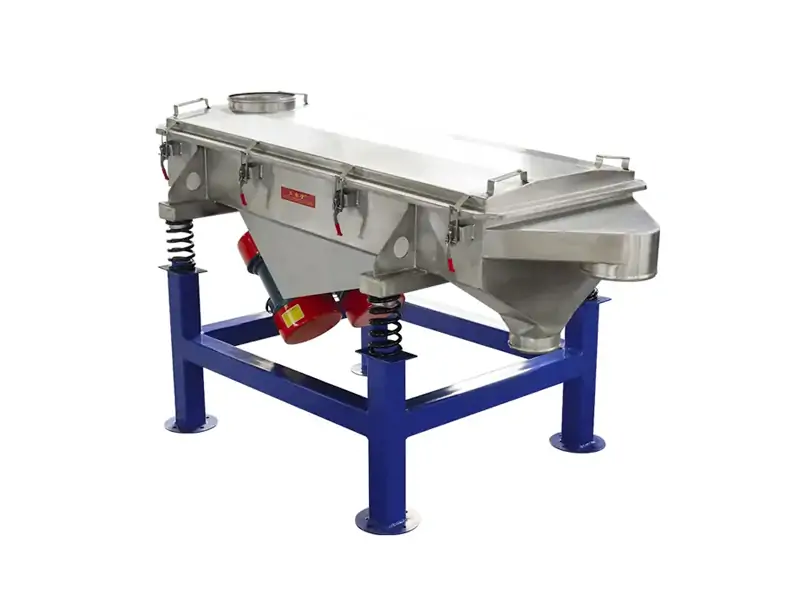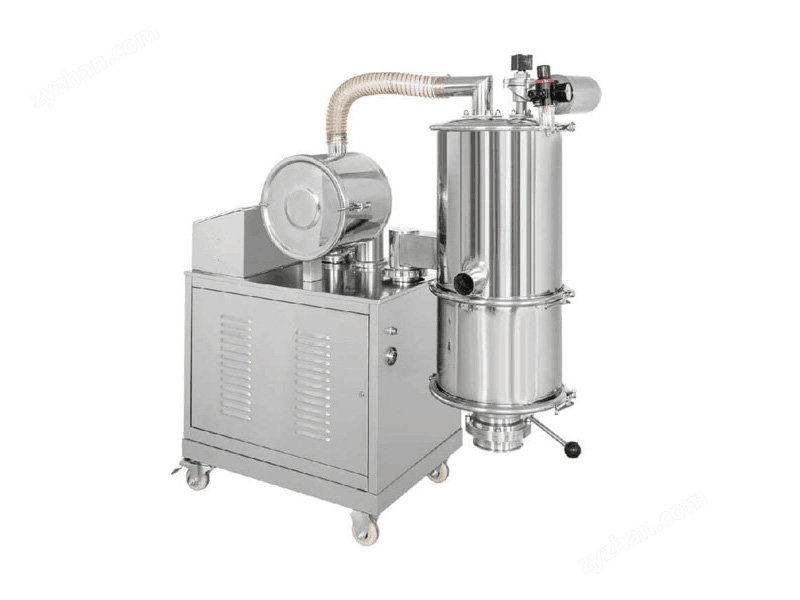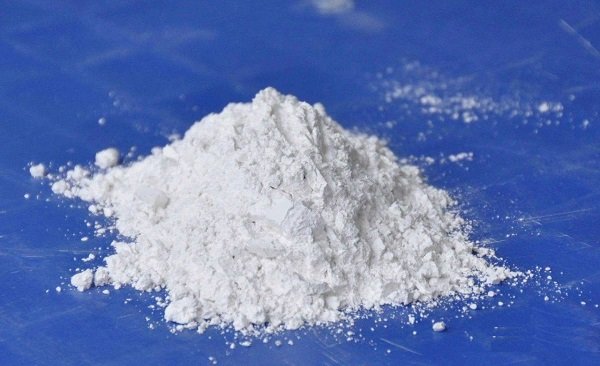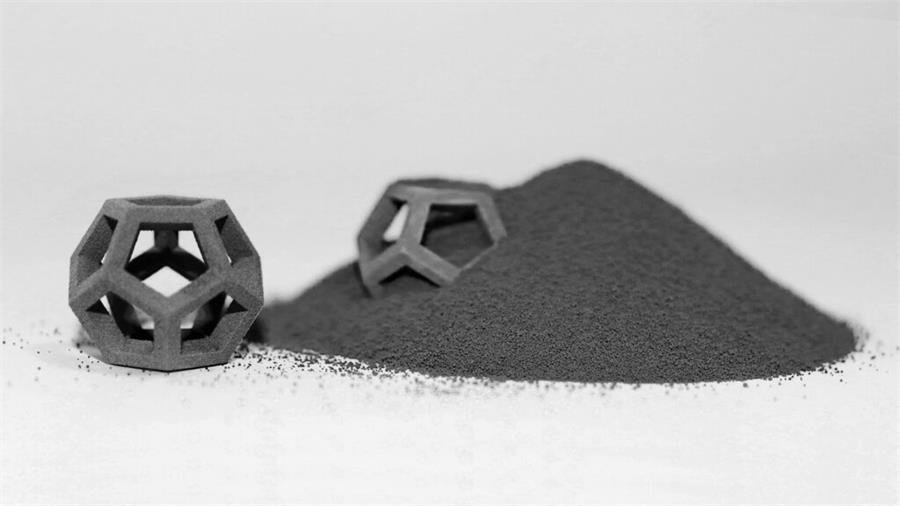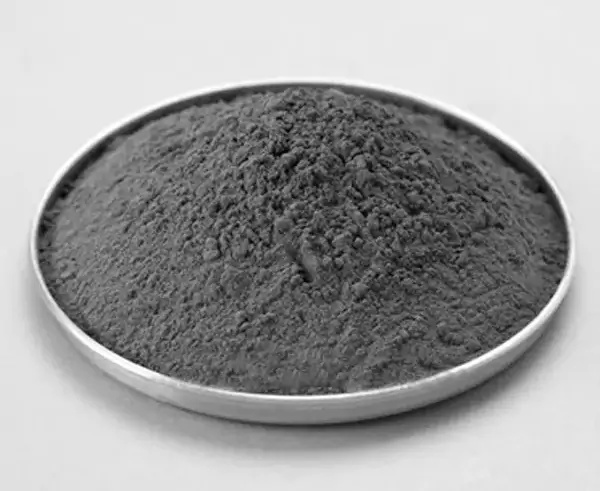Use of Vibrating Screen Palm Oil Mill
Palm oil is an important edible oil and industrial oil that can be used as a raw material for the production of biodiesel, as well as in soap making, pharmaceutical, and machinery manufacturing. In the palm oil primary pressing process, the filtration process is a critical step. Use vibrating screen in palm oil mill can improve the quality and oil yield of crude oil. Please continue reading the following articles to learn about the applications and functions of vibrating screens in palm oil mills:

Palm oil production process
(1) Picking palm fruits (2) Grading (3) Sterilization (4) Threshing (5) Digestion (6) Pressing (7) Purification (8) Drying (9) Storage

The process of converting palm fruit bunches into palm oil mainly includes the following five core steps:
- Disinfection:
The palm fruit bunches are fully disinfected by boiling or steaming. - Threshing:
Large palm oil processing plants: use rotating drums to automatically complete the threshing and separation of palm fruit bunches. Small palm oil production facilities: usually rely on manual operation for threshing. - Pressing and extraction:
After threshing, the pressing stage begins to separate the oil from the peel and pulp. Some facilities first put the fruit into a rotating drum to initially break it down and release some of the oil, and then press it, which mechanically squeezes the oil out by pressing heavy metal plates into the fruit. Palm oil presses are usually hydraulically or pneumatically operated and can process large quantities of fruit at one time. - Purification process:
The purification process includes multiple steps such as filtration, sedimentation, centrifugation and clarification. When filtering, a circular stainless steel vibrating screen can be used to dilute the oil with water and filter the screen to remove debris and impurities. - Storage management:
After completing the processing steps, red palm oil will be stored in gallon barrels or special containers for subsequent transportation and sales.
Types and selection of vibrating screens
In palm oil mills, commonly used vibrating screens include rotary vibrating screens, linear vibrating screens, etc. Different types of vibrating screens have different configurations and application ranges. When choosing a vibrating screen, factors such as the nature of the material, screening requirements, processing capacity, and floor space need to be considered.
Rotary Vibrating Screen
- Material: Food grade 304/316 stainless
- Model: SY-800, 1 Layer
- Screen size: 20 mesh
- Output: 3 tons/hour
- Function: Filter the crude oil obtained by pressing with a vibrating screen filter to separate the crude oil from fiber, palm shell, impurities, etc.
Linear Vibrating Screen
- Material: Food grade 304/316 stainless
- Model: SYZ-1530, 1 Layer
- Screen size: 2-20 mesh
- Output: 1-5 tons/hour
- Function: The production process of palm oil produces some by-products, such as palm kernel shells, palm fibers, etc. These by-products need to be screened for subsequent processing and utilization.

Videos
Through the above article, you have learned about the production and filtration of palm oil. If your palm oil mill needs to purchase high-quality vibrating screens, please contact Sanyuantang Machine, we will provide customized solutions according to your requirements.
Related products
In addition to vibrating screens for filtering palm oil, we also provide a series of accessories and supporting equipment, including screens of different materials and specifications, conveying and feeding equipment, silos, dust removal devices, etc., to meet customers’ diverse screening needs.
